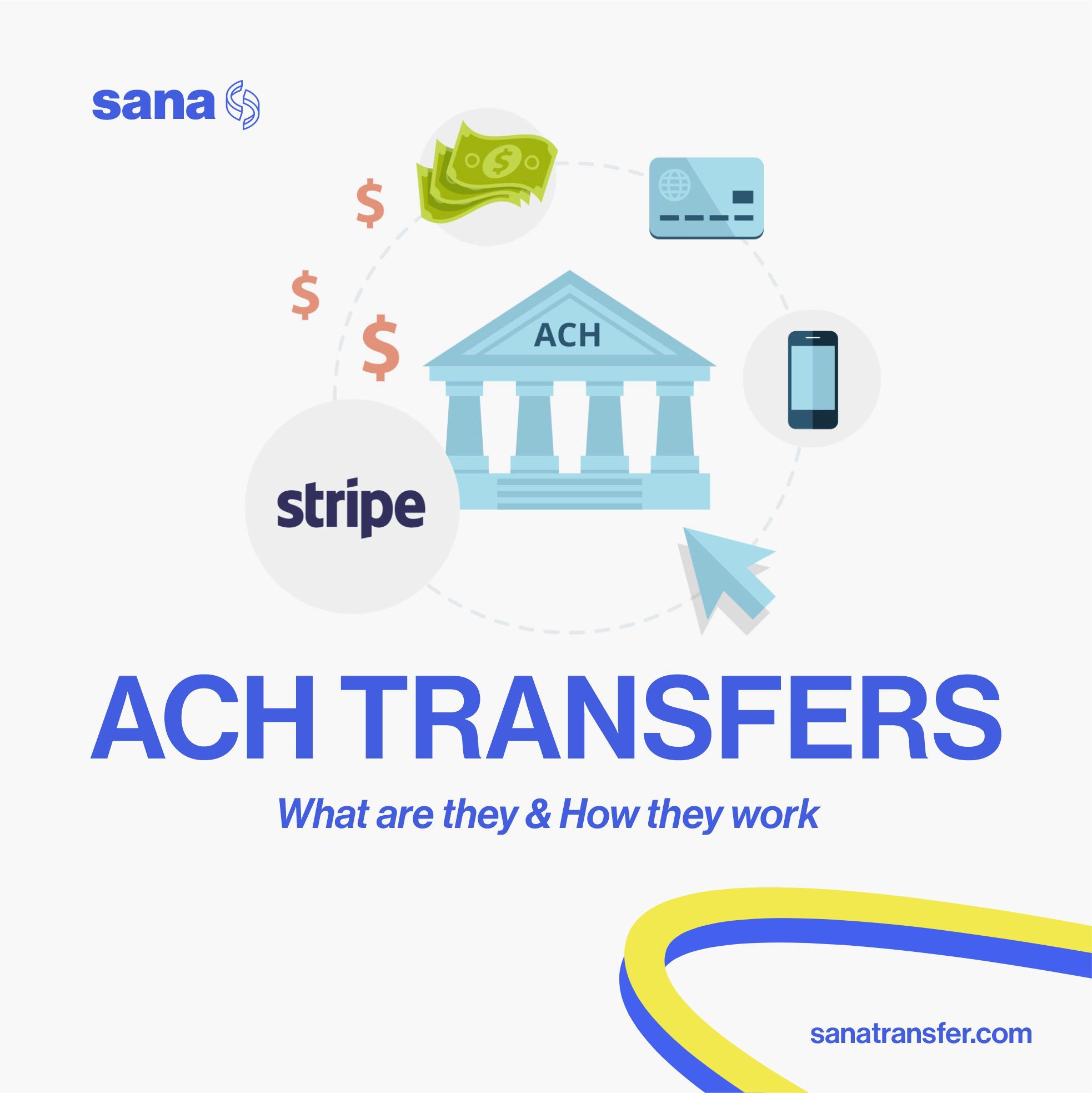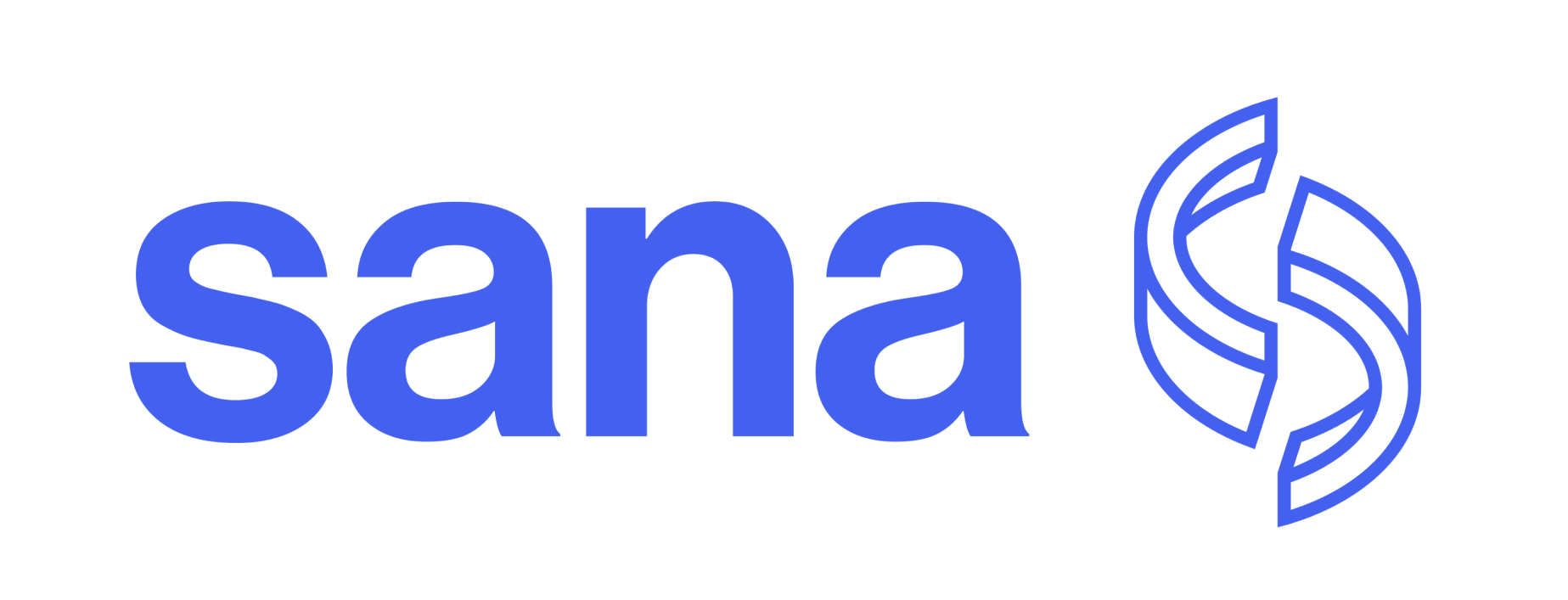ACH Transfers - What Are They & How They Work?
This article explores ACH transfers, discussing their benefits and how they work today.

Automated Clearing House (ACH) transfers are considered one of the fastest-growing bank transfer methods, experiencing an increase in transactions processed by about $1 trillion in 2022. Generally, this transfer method is user-friendly and more affordable than paying with your card or writing cheques. The top-notch security of ACH transfer is also one of its best features. If you want to learn how this bank transfer method works, read the subsequent paragraphs.
What are ACH Transfers?
ACH transfers are simply electronic, inter-bank funds transfers that are processed via the ACH (Automated Clearing House) Network. The ACH is a special network managed and regulated by National Automated Clearing House Association (NACHA). It is also popularly called the ACH scheme.
According to Nacha, the ACH network functions as a batch-processing system that banks as well as other financial institutions use to combine funds transactions for processing. Two popular examples of ACH transfers are getting your salary via direct deposit or paying off your bills online via your active bank accounts.
What Information Is Needed For an ACH Transfer?
Here is a list of the information you have to provide if you want to execute an ACH transfer:
1. Name
2. Account number
3. Routing/ABA number
4. Specify if your bank account is a personal or business account
5. Transaction amount
ACH vs Wire Transfers
Although many people think that ACH and wire transfers are the same, we can still point out some differences. The major differences between both types of transfers are the speed and cost.
Generally, wire transfers are completed within a shorter period of time. Sometimes, they can even be finalized within one day. Also, wire transfers can be transferred internationally. On the other hand, ACH payments can only be sent between two U.S.-based accounts. Nevertheless, ACH bank transfers are typically much cheaper and more affordable than wire transfers.
Banks can charge between $25 – $30 for wire transfers sent within the U.S. and between the range of $45 – $50 for any transfer sent outside of the U.S. ACH payments can cost less than one dollar for businesses and are absolutely free to consumers.
How Can I Make an ACH Payment?
Follow the steps listed below to set up and initiate an ACH transfer:
Step 1: Gather the Required Information
To execute an ACH payment, start by gathering all the details you will need for the transfer. You will need your name, account type, account number, routing/ABA number, as well as the transaction amount.
Step 2: Choose Between ACH Debit and ACH Credit
To set up your ACH payment correctly, you’ll have to be able to differentiate between an ACH credit and an ACH debit.
The ACH credit type of payment is used for bill pay services. With this kind of transaction, you have to authorize your bank or financial institution to transfer a payment to the recipient, such as a car loan servicer or a utility company. Here, your account details will remain with your bank and will not be sent to the recipient (payee).
With the ACH debit, you have to establish the payment with the payee. In this case, you have to submit all your payment details (even your account number and routing number) to the recipient (payee). This kind of electronic payment involves a significant risk than ACH credit since the payee will see your private details.
Nevertheless both the ACH credit and debit provide you with the same level of simplicity, convenience, and cost-effectiveness.
Now that you know the difference between these two e-payments, let’s dive into how you can execute an ACH transfer successfully.
Step 3: Complete the ACH Transfer
Before you initiate the transfer via ACH, you have to fill out some paperwork first. The paperwork will most likely be filled out digitally, however, your bank may demand that you fill out a hard copy. Here are some actions you have to take when filling out the paperwork:
a. Link accounts - To go through this step, you’ll have to provide the details needed for the payment (as stated above) to your financial institution.
b. Indicate if the payment will be an ACH debit or credit to the bank account where the transaction is to take place.
c. Input the payment amount.
d. Provide the payment date. Most banks will allow you to post-date a payment.
e. Submit your transaction.
If you need to receive ACH payments from other people, you’ll have to register with any credible payment processing company. The company will give you all the essential tools that you need to receive electronic fund transfers.
How Long Do ACH Transfers Take?
It can take several business days for ACH transfers to get completed and deposited into the recipient's account. This means that its completion can only be finalized on days that banks are fully open, typically weekdays. ACH payments are managed by a network operator in a few batches just seven times a day. Unlike wire transfers are processed immediately. Here is what you should know about the transfer speed of ACH credit and debit:
1. ACH credit transfer speed
Banks can decide to have all ACH credits processed and finished off within one or two business days. So it depends on your bank
2. ACH debit transfer speed
Contrary to ACH credit speed, ACH debit payments have to be processed by the bank the next business day. So the processing speed of debit is faster than credit.
Also, when the money is received, the recipient’s bank may hold the funds for a short period of time, which can also delay the funds getting to the recipient. Generally, we estimate that the total delivery time for ACH transfers varies between the range of 1-2 working days.
What Are The Processing Stages of ACH Payments?
Each payment you initiate has to go through these important steps before it’s finalized:
- A payment processor will collect information from the initiator of the ACH transaction.
- The information will then be submitted to the bank's financial institution, where the money will be deducted.
- The bank/financial institution will transfer the ACH information to the Federal Reserve.
- The Federal Reserve sends the transaction information to the receiving bank.
How Much Do ACH Transfers Cost?
We’ve provided a breakdown of ACH debit and credit payments:
1. ACH credit transfer cost
Banks may charge you a fee of about $3 for transferring money between different accounts with different banks. However, many banks offer external funds transfers absolutely free. Also, receiving them is absolutely free.
2. ACH debit transfer cost
These kinds of transfers, which include bill payments and payroll direct deposits, are generally executed for free. However, if you want your payment to be processed faster, there may be fees.
3. Person-to-person payments
When you initiate your transfer via your bank or any third-party transfer app, it can cost you just a small fee, depending on the bank/platform.
The Benefits of ACH Transfers
This kind of transfer offers you so many advantages. We’ve listed some of them below:
1. Convenience
Unlike other older and traditional methods of payment, such as paper checks, ACH payments are generally convenient, easier to track, and more eco-friendly.
2. Lower costs
ACH transfers are far cheaper than other kinds of electronic payments. So if you are trying to cut down costs, use the ACH method of payment.
3. Security
It is a known fact that cheques are susceptible to fraud so there is always a risk involved when using cheques. However, ACH is a safer option since they are executed digitally and require validation via a processing centre. In fact, ACH payments are arguably the safest type of electronic fund transfer.
4. Convenience
Automated payments are very convenient and can be initiated from the comfort of your home. Since it is done electronically, you may not need to visit the bank.
5. Processing time
ACH payments are processed faster than traditional cheques. So the delivery time for this transaction is faster than that of traditional cheques.
6. Wider acceptance
Generally, ACH transfers are widely accepted. The network is also generally used for numerous kinds of recurring transactions, electronic transfers as well as bill payments.
What are the Disadvantages of ACH Transfers?
Before setting up any ACH payment, you need to realize that there are also disadvantages to using this method. They include:
1. Associated fees
Although ACH transactions are cheap, they are not absolutely free. If you are seeking a payment method that is absolutely free, this method of payment is not for you.
2. Limited overseas accounts
ACH is strictly a U.S.-based entity, hence, when you use it, you will be allowed to only transfer payments between U.S. accounts. Although Global ACH is available, it is still very limited. Global ACH allows you to directly deposit funds into cross-border bank accounts through the country’s clearing mechanism. Not all countries have a clearing mechanism.
3. Processing time
Although ACH payments are generally faster than cheques, their delivery time is still slower than other types of electronic funds transfers. While ACH payments can take up to 3 days to get to your recipient, other types of electronic payments will deliver the transaction faster. Nevertheless, people still use ACH because they are safer and cheaper than others.
4. Amount limits
Some banks place a daily, weekly, or even monthly limit on all ACH transactions. It largely depends on the amount of money you are sending and the type of transaction. Also, some customers may be restricted from sending money via ACH according to certain federal guidelines.
Final Thoughts
ACH transfers are digital bank-to-bank payments that are processed through the Automated Clearing House Network. This payment method is one of the best types of EFT transactions because they are considered cheap and safe. However, their delivery speed is much slower than other types of payments. So if your transaction is not urgent, you can send it via ACH bank transfer.
SanaTransfer offers easy, fast and secure payment services with better rates and faster payouts for international remittance. Sign up now to get started.
